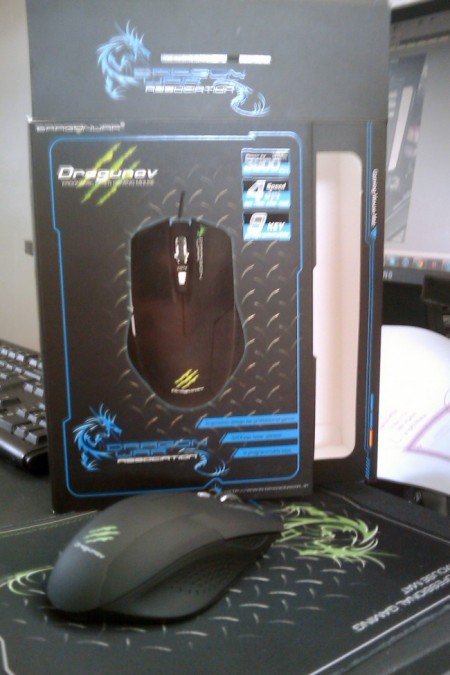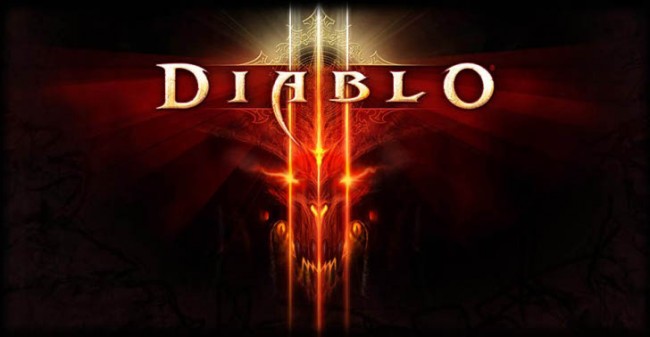 Nearly twelve years ago, Diablo II was released, and it gradually became one of the most beloved titles of its generation. I, too, consider Diablo as one of the very best game franchises. Diablo was actually one of my first PC games, together with Doom. So when they announced Diablo III, I’m sure the whole world cheered with me and couldn’t wait to play a new Diablo game over and over again.
Nearly twelve years ago, Diablo II was released, and it gradually became one of the most beloved titles of its generation. I, too, consider Diablo as one of the very best game franchises. Diablo was actually one of my first PC games, together with Doom. So when they announced Diablo III, I’m sure the whole world cheered with me and couldn’t wait to play a new Diablo game over and over again.
Was this game worth the wait? It had better be, right? It literally took them 12 years to develop this game. The answer is, well… yes, and no. As it stands, it’s an amazing action RPG that’s worth our attention. But I really can’t say that this is the long-awaited sequel that would keep us as invested as its predecessor.
The journey we waited twelve years for…
Set 20 years after the events of Diablo II, a falling star hits Tristram Cathedral with Deckard Cain in it (making him the most unlucky man in gaming). This attracts the attention of the five heroes we get to play in Diablo III. The Barbarian, Demon Hunter, Wizard, Monk, and Witch Doctor travel to New Tristram in order to find out about the fallen star. This pretty much starts off Diablo III’s story. While each class has a personal story as to why they were pursuing the falling star, all of that gets thrown out the window around Act 2. When you become involved in the main plot of the game, it quickly becomes the story’s sole focus.
All throughout the game, you sense Blizzard’s attempts to provide a more story-driven experience, with everything being fully voiced and letters, books, and lore all scattered around each act. It was interesting during the first two acts (especially Act 1) but as I progressed through my first play-through, I was developing the urge to press the skip button. Of course, I didn’t skip a single thing. I was accompanied by two of my friends and we vowed to watch every cut-scene. But the problem wasn’t just that the story is a bit lacking; it was also me wanting to keep going in order to kill more demons, find more loot, and level up. I commend Blizzard for the attempt, but even as I absorbed every single piece of Diablo III’s story, I found that I wasn’t excited at all to see what would happen next, or motivated to seek out more lore to read.

There are four Acts in total. Each Act brings the player to different locales in the Diablo world, giving a fresh environment to constantly click on. It took my group and I a total of 17 hours to finish the game. This includes listening to the story, reading lore, and exploring everything in every dungeon. The game has a decent length the first time around, but that turns into a different story when you play a second time when you start skipping conversations and go straight to the objective. The 17 hours I spent was easily cut to below 10 hours during my second play-through, which sort of works since everybody knows that playing the game multiple times to reach the highest difficulty is an essential part of Diablo, right? No? Guess it’s just me.
A solid click-fest
Diablo gameplay at this point is self-explanatory. But for those of you that are really new to the series, you pretty much click to move, and click to kill things. Oh, and press either 1-4 for other skills.
Diablo III’s gameplay has been simplified. It’s just as addicting as past Diablo games, but the latest game mechanics have their pros and cons. As much as we whine and complain, let’s face it, stat allocation has been removed. When you level up in Diablo III, stats automatically get assigned, and skills get unlocked. Each skill also has five skill runes that modify how the skill works. So there are really a lot of skills and builds to work with. This new skill system and of course the gear are the only ways to differentiate a character on the same class. I did have fun with this new system, but it resulted in me having no reason whatsoever to create a character of the same class again, unless you like playing Hardcore mode and you die a lot (die in Hardcore Mode and say goodbye to that character and gear forever).You only need one character for each class now, thanks to this system. One of the fun things about past Diablo games for me was the experimentation and rewards I got from revisiting the game, playing as my favorite class, and then changing how I assign my stats and skills.
Bosses are fun now. No, seriously. I hated past Diablo bosses back in the day, but now each boss has interesting mechanics that make them fun to fight. During my first play-through, I was praying that I wouldn’t have to encounter a boss similar to Duriel. I hate that guy. But thankfully there’s nothing like that. Now we have bosses that require us to pay attention. The Act 2 boss, for instance, leaves multiple traps on the ground, which pulsate, then explode. Obviously, if you spot one of these by you, it’s best to get the hell out of there. These kinds of mechanics can keep you on your toes, and provide good laughs whenever a friend dies.

Diablo III has five classes to pick from, and each class provides different styles of play. I started playing the game as a Demon Hunter. When I created my Barbarian class, it was a completely different experience. There are three ranged classes and two melee classes, and each one has a different resource pool to execute their skills. Barbarians require rage to use certain skills, and you can only generate rage by using rage-generating skills, or from simply getting hit. Witch Doctors on the other hand are the only class that has mana as a resource pool. It regenerates slowly and you must pick your spells wisely so you won’t find yourself constantly out of mana. It’s a great change to keep each class feeling different.
The game also looks amazing for an action RPG. Even the way that creatures die becomes a major treat for the eyes, especially enemies like the Grotesque. When killed, it explodes, spawning additional monsters to slay. The carnage looks great and while it is a bit weird to say, I consider the animations important for a game like this. A monster exists for few precious seconds in this game, and it’s only right to let them go in style. A lot of the objects found in the game are also destructible. Even though they cannot be highlighted by the mouse cursor, certain objects can be destroyed if they come into contact with a skill or attack by players or enemies. Diablo III makes destruction look glorious.
The Hireling back in Diablo 2 makes a return but is now called Companions. You have three to pick from; The Templar, The Enchantress, and The Scoundrel. If you choose to play the game alone, you have to bring one of these Companion’s in your journey, but when other players start to join, they will leave your party and head back to town. What’s new with these Companion’s is that they have three lines of skills to pick from. A line of skills unlock at a certain level and you will have to pick one of the two skills in that line that you wish to learn. You can also equip them but only with weapons, amulets, rings, and a special companion equipment slot only for certain companions. They can assist with certain buffs for your character but they are not damage dealers no matter how much gear you give them. They also have their own story to tell so every once and awhile you see your character and companion engage in small talk.

Another great change is the addition of health globes. In past games, your character’s survival was mostly based on how many potions you had left in your belt. That was scrapped (thank God), and while potions are still around, they now have a cool-down. After use, you’ll have to wait until it’s up again, so use them wisely. But don’t worry, Health Globes got your back. That is, if you bother to pick them up. This feature eliminates the constant spamming of health pots needed to keep alive. Thanks to Health Globes, the gameplay feels a bit more fast-paced, since we are constantly moving forward more often and usually hitting town after a quest or when our inventory is full of loot.
Everybody knows that the game is not really finished until you beat Diablo on the highest difficulty. At least, that’s how some gamers consider one as having truly “finished the game”. After finishing the game for the first time, you unlock Nightmare mode – a more difficult version of the game. After you finish that, you unlock Hell difficulty which is even harder, and then Inferno, which is the hardest difficulty in the game. As it gets harder and harder, the blue and gold champion packs become even more of a pain than the bosses.
These groups of monsters can be found anywhere in the game and are considered to drop just as good loot as bosses. What makes them unique is that they have specific abilities like teleport or Nightmare, which can make a hero run in fear. In normal difficulty, these packs have one random ability. As you go up in difficulty, the number of abilities these monsters can have increases by one. So by Inferno difficulty, you will be facing a group of monsters with four abilities at once. The abilities added to these blue and gold monsters are randomized so you have no idea what you will get when you engage them. If you are looking for a real challenge, look for these blue and gold packs on Inferno. I wish you good luck.
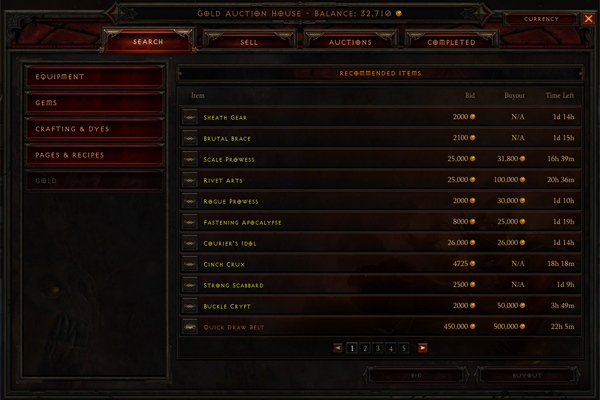
Need better loot? Hit the Auction House, everybody does it
Compared to the first two games, Diablo III is more gear-dependent. Since everybody becomes essentially the same when they hit the max level of 60, Diablo III has become all about the gear. Gear wasn’t much of a problem for me since my two friends and I called out what we found every time we picked up loot. Since each player has their own set of loot each time they kill something, there’s a lot of gold and loot to go around. But even with all that loot after killing hordes of demons, we still found ourselves exiting the game one by one to check the Auction House for upgrades. The Auction House is a new feature in Diablo III; there, you can buy and sell loot to other players. All the loot we found in our sessions was decent, but not as good as the gear we found in the Auction House. We were always updated in terms of gear. Whenever we gathered to pick up where we left off, we started showing off the gear we scored off the Auction House. This left the game mostly easy; we only hit a road-block when we finally reached Inferno difficulty.
Crafting was also introduced in Diablo III, but this feature was overshadowed by the Auction House. The Jeweler combines gems to make stronger ones, while the Blacksmith gives you the ability to break down magic items you don’t need into materials you can use to craft gear. While this sounds great, I found it to be a weak source of finding better gear or gems. It became pointless to spend money in order to make better gems to socket your gear, since gem drops are decent to begin with, and each piece of gear crafted by the Blacksmith generates random stats which could become useless if you don’t find what you’re looking for. It just made more sense to just spend that money on the Auction House rather than trying your luck on the Blacksmith or gathering gems to craft. Each crafter can level up to level 10 and it’s pretty much a one-time deal since it’s account-bound, meaning that your Blacksmith and Jeweler’s stats are shared across all your characters (except in Hardcore mode). Crafting becomes useful in the late game, since the best gems and gear are found in crafting. But a feature that becomes viable just after reaching the max level? Come on, Blizzard.
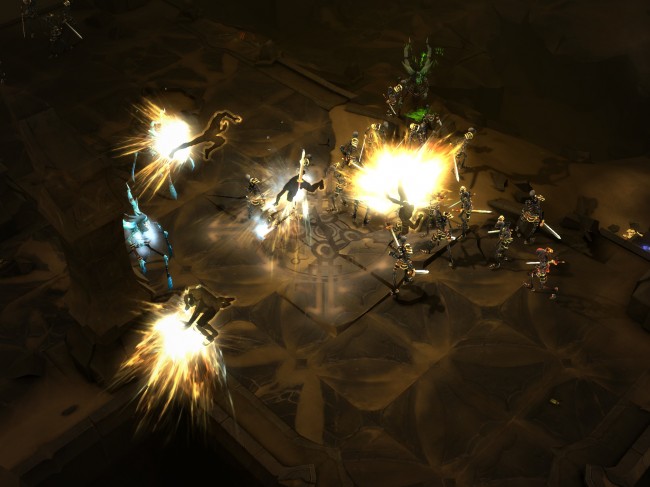
I have a love-hate relationship with the Auction House. I love it since it provided me with all this great gear for my characters, but I hate it because most of my gear is found from the Auction House, and I spend a lot of my time searching through this damn market full of virtual gear. When I found an upgrade on the floor, it felt like Christmas came early. Now when I find a good item that I can’t use, it becomes profit in my eyes, just another trinket to sell on the Auction House. The game revolves so much around the Auction house that it makes me believe that during the game’s long development process, each major decision was made with the Auction House in mind. It’s a sad fact – you think you’re playing the game to find the ultimate gear, but you are actually playing the game to get good enough gear to earn gold through the Auction House, and then buy better gear. Don’t get me started on the Real Money Auction House (the virtual shop that, in a nutshell, allows you to use your real, hard-earned money to purchase gear).
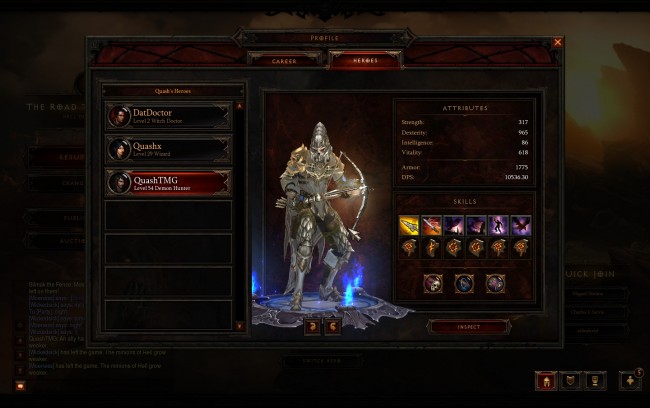
Overall
Diablo III is a great action RPG, but it’s not the sequel I was hoping for. The twelve-year wait since Diablo II only increased that game’s classic status, so a comparison was bound to happen. Diablo II was a game that I could play over and over, even playing the same class with a different build. I know because I’ve done it too many times in the past. Up to this day, players still play the game to level their character from level 1 to 99 and hope to earn the best gear possible, over and over again. I was hoping Diablo III would come with that same level of quality and addictiveness, but I’m not feeling it. Endgame in Diablo has always been about gear, but this is even more prevalent in Diablo III. Gold is shared with all characters, so leveling a new character to 60 and then grinding for gear seems pointless when you can just go window-shopping with a couple of million gold in hand earned by your previous characters to get the gear you need, or simply throw away $1,000 if you’re lazy and have all that extra cash lying around.
Don’t think I had a smooth experience during the first week of Diablo III. I decided to separate that experience of horrible lag and error 37, and focus on the game itself. I do hate the fact that this game can only be played online. But it is what it is, let’s move on.
I had loads of fun during my time with Diablo III, but I’m not sure if I see myself re-logging in to go level up and find more gear. While the devs and hardcore players assumed that the game would keep gamers occupied for months, a month or less is all you really need. Since it took Blizzard twelve years to produce Diablo III, I can’t help but wonder why it took that long. PVP will be patched in the near future and God only knows how that will turn out.
Score: 87/100
Pros:
- Addicting Gameplay
- Boss fights are more interesting now
- Carnage in the game looks amazing
Cons:
- Game revolves too much around the Auction House
- No single player support, must be played online
- Weak story
- Crafting only viable at the end



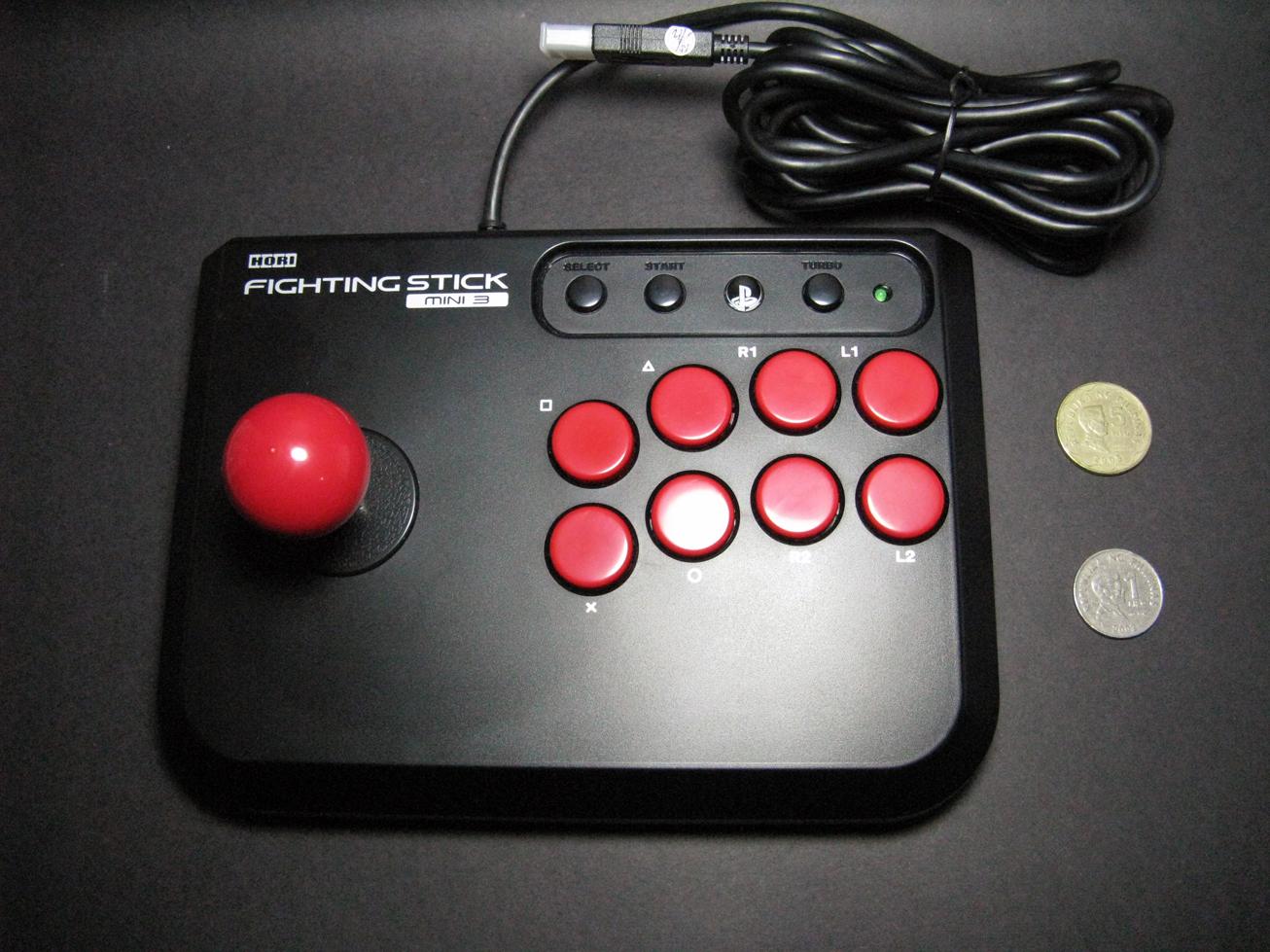
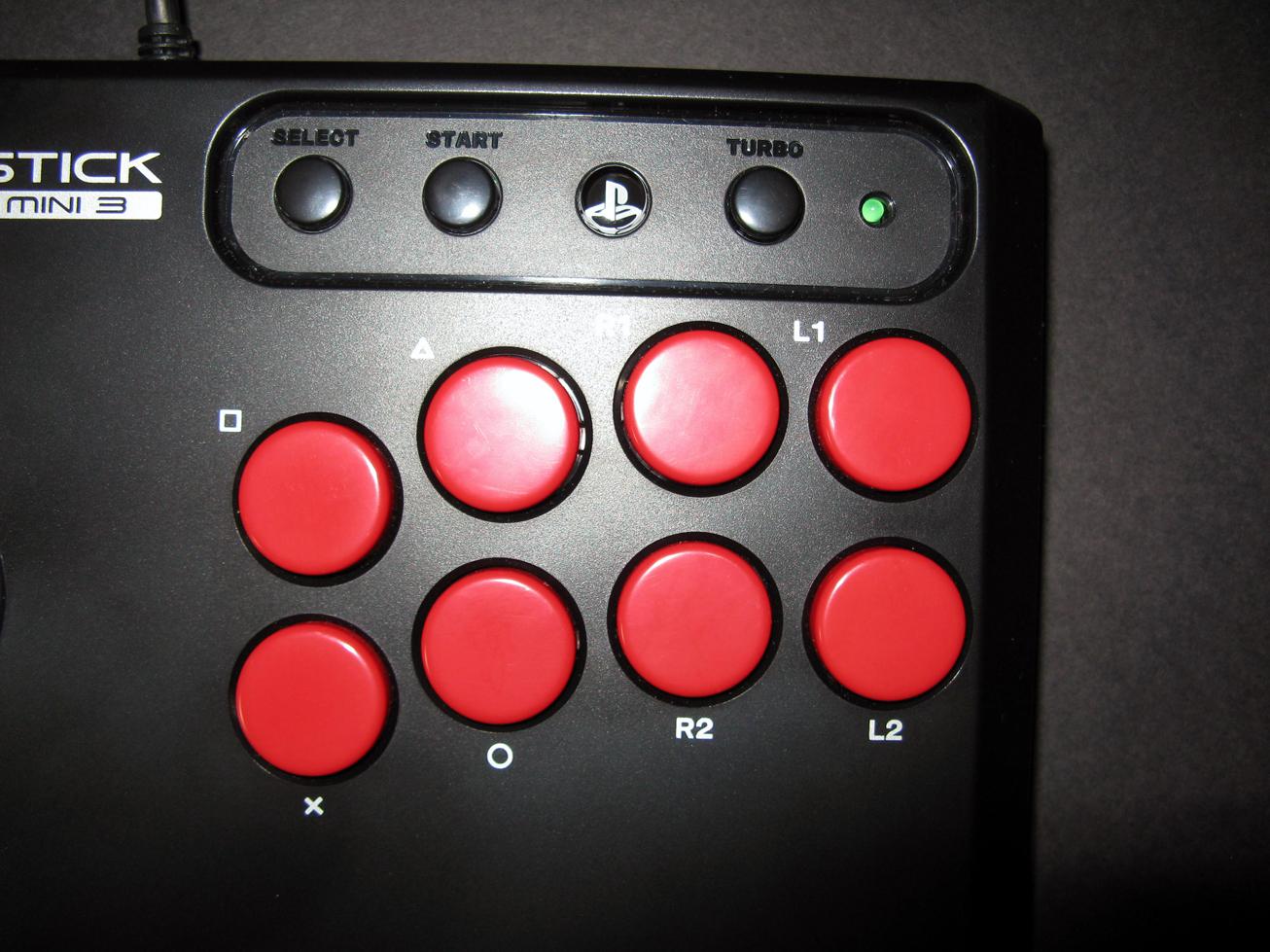
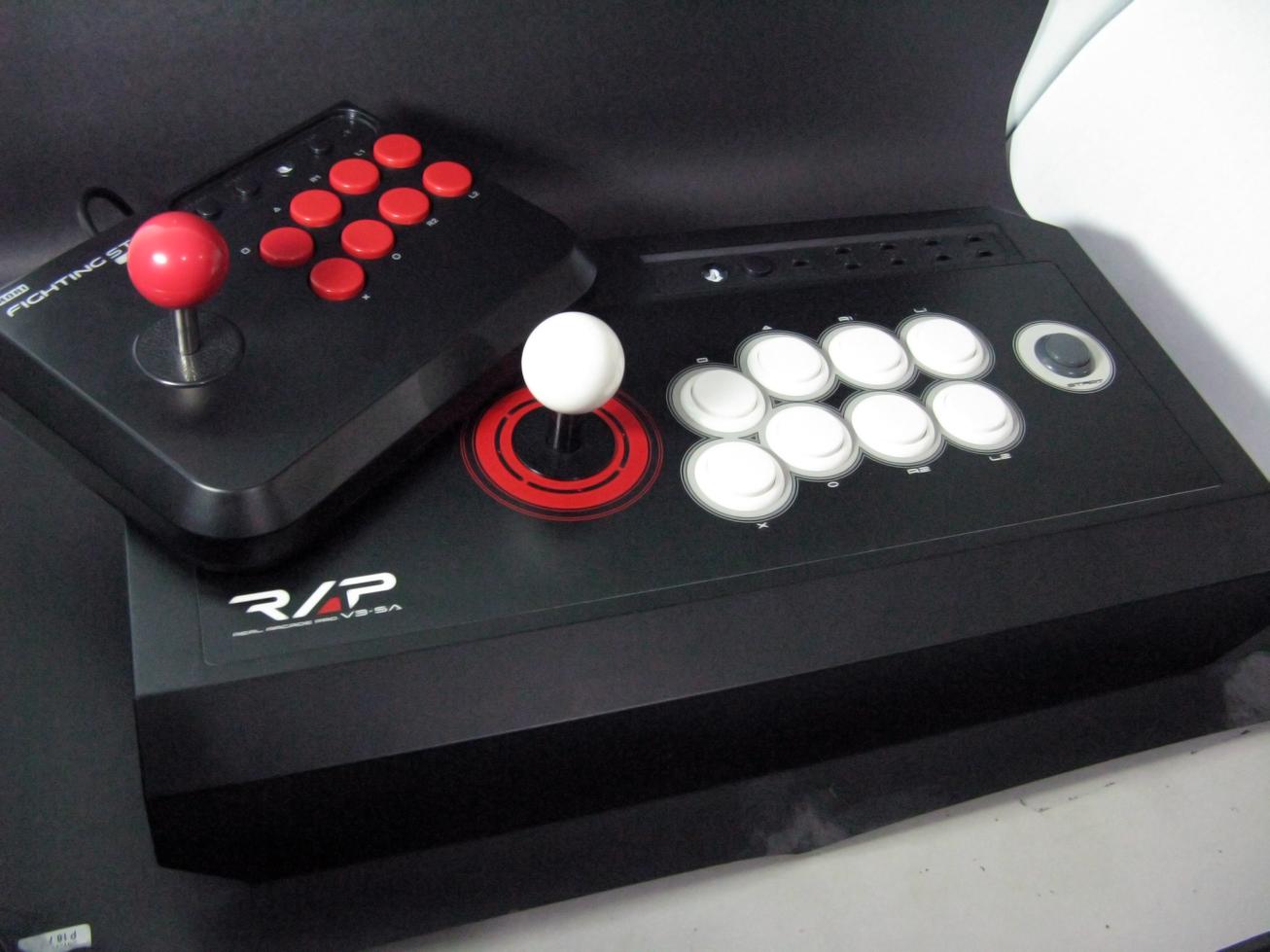
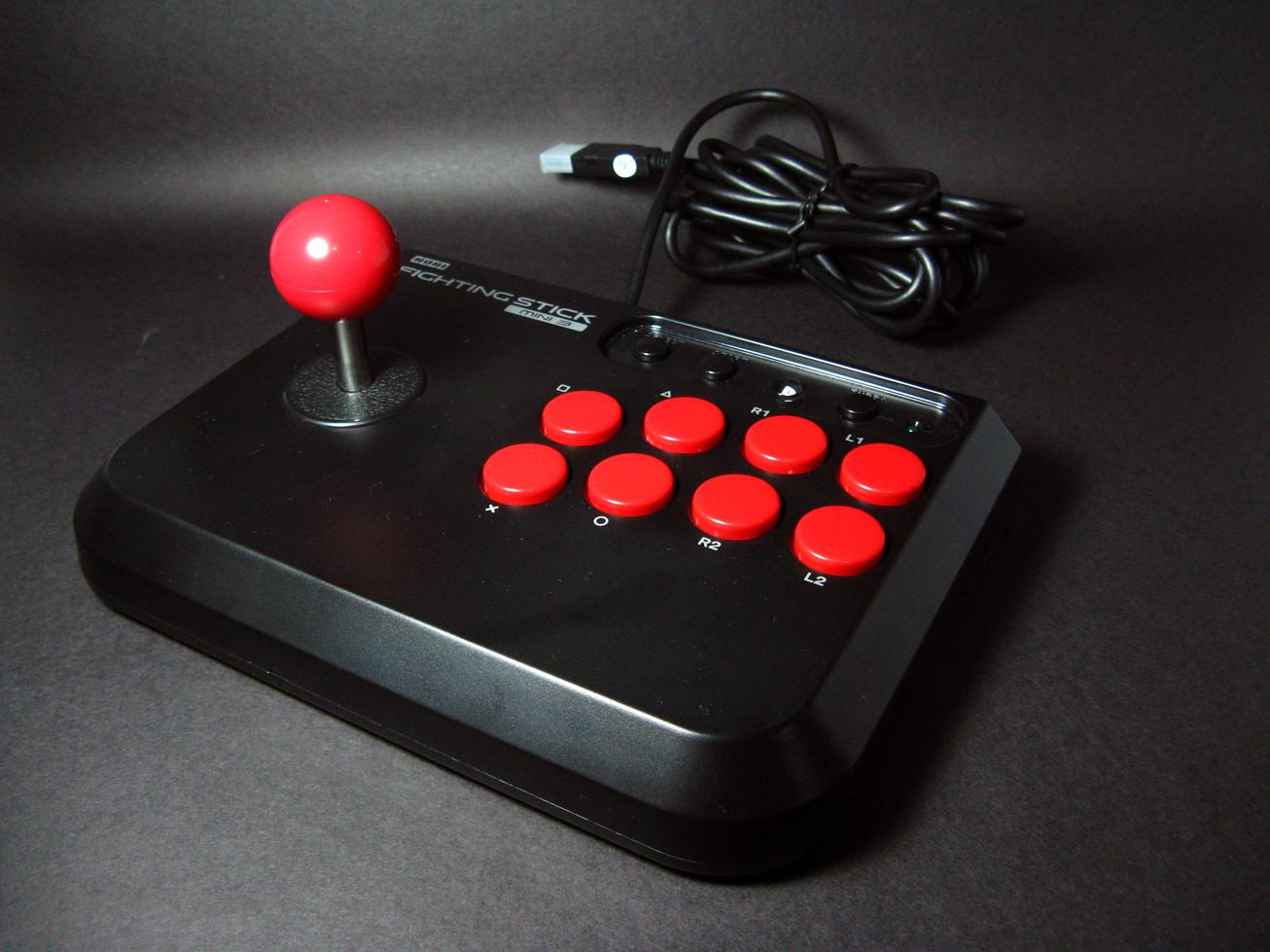
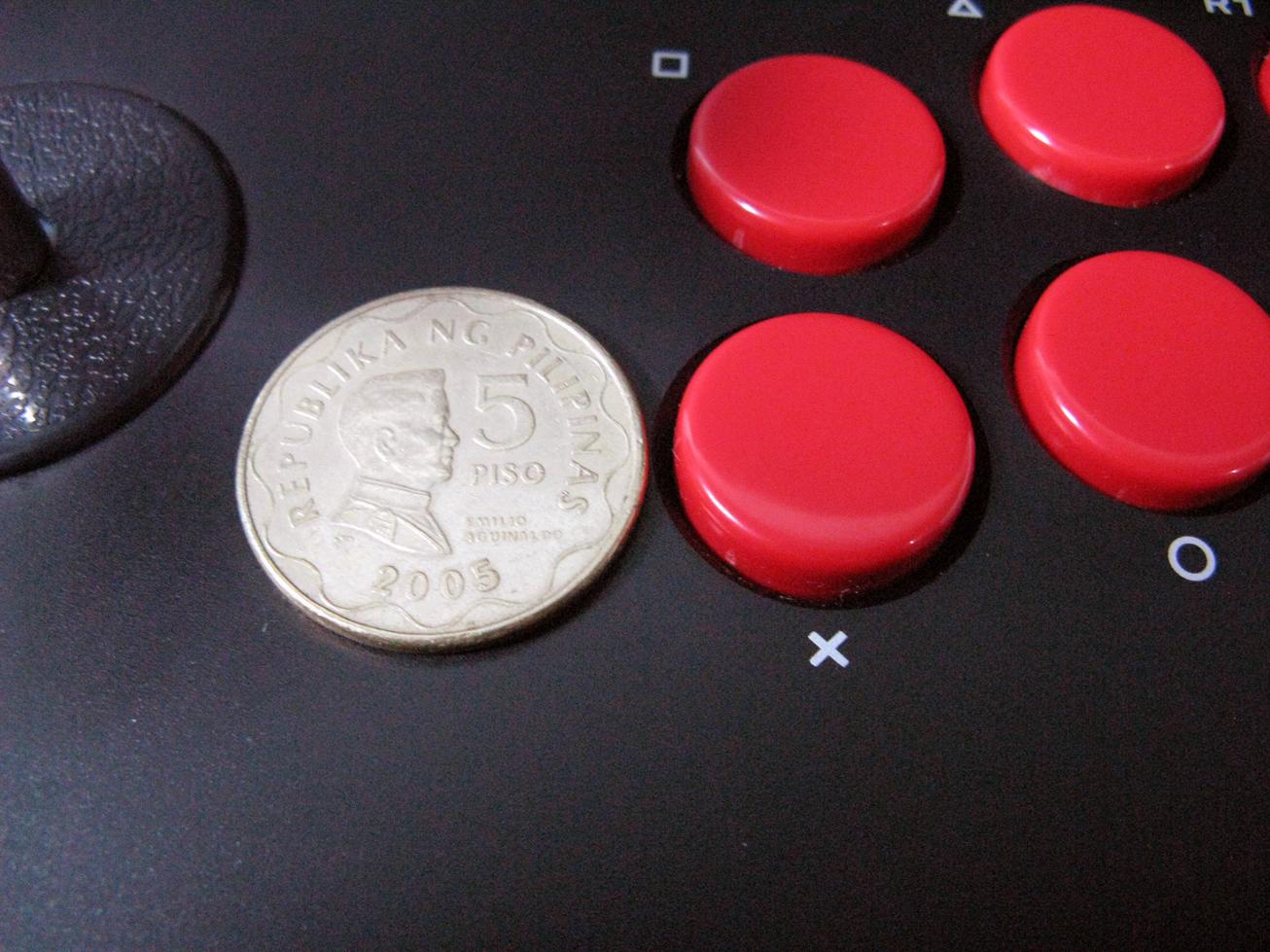

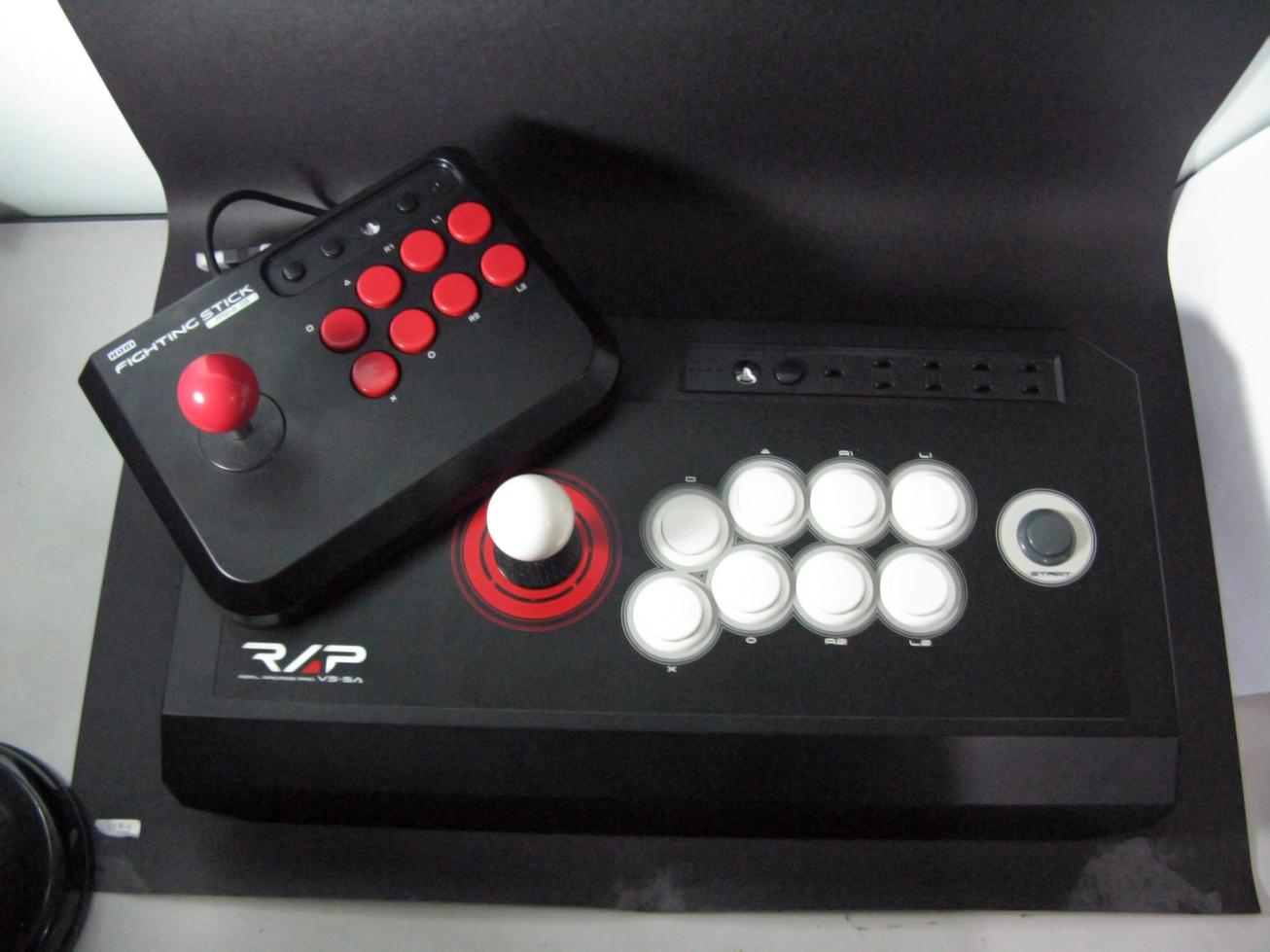
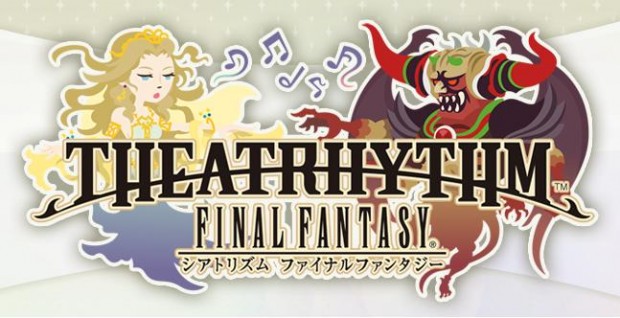
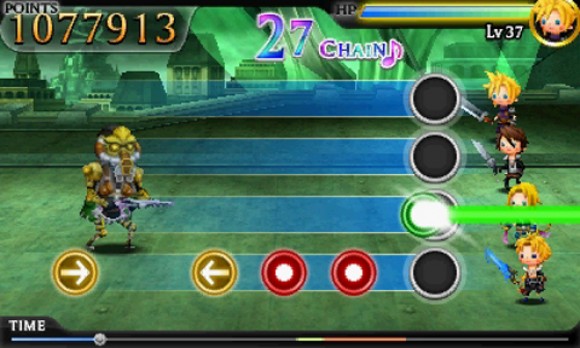
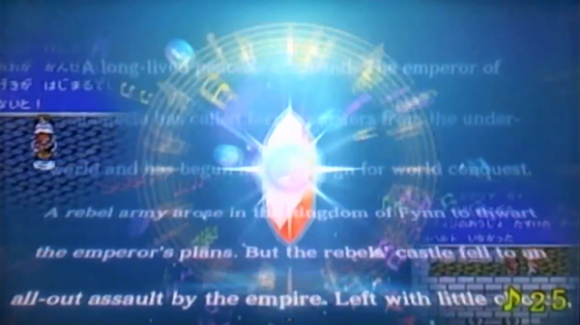
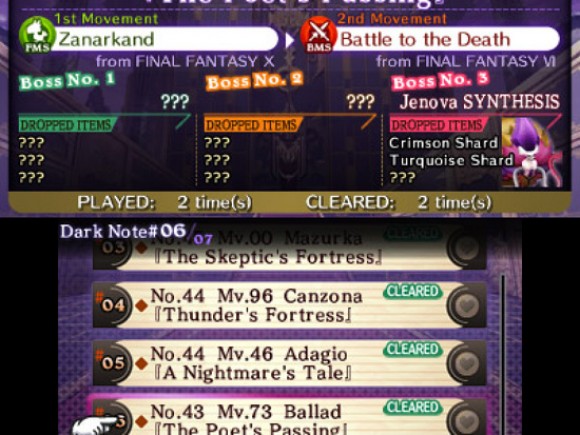
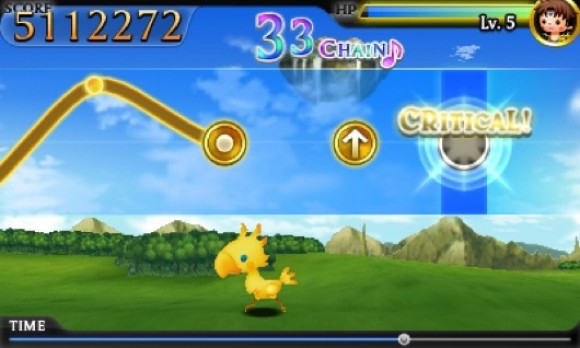
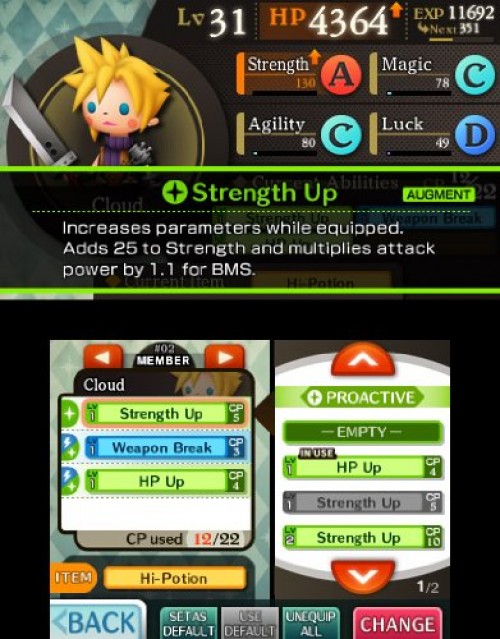
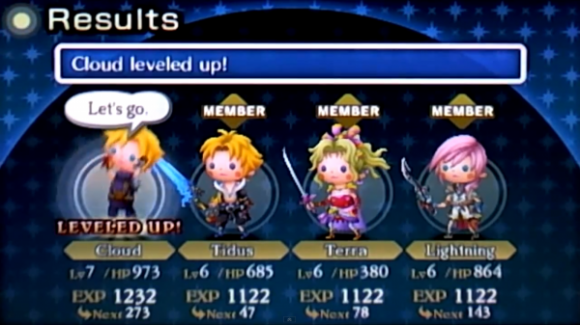







 It’s hard to believe it’s been 20 years since the very first Sonic the Hedgehog. I still remember that Christmas in 1992 when I got my first console – a Sega Genesis (some of you might know it better as the Mega Drive), and the original Sonic was the very first game I laid my mitts on.
Since then, Sega’s mascot has had his ups and downs. Unlike rival Mario, Sonic’s track record since the Dreamcast days hasn’t been particularly stellar. But for fans of the blue blur, hope has begun to spring. Sonic Colors (2010) all but broke the dreaded ‘Sonic cycle’ of disappointing games, delivering a fun, intense, well-crafted platformer that, in this reviewer’s opinion, stands toe-to-toe with Mario’s best efforts on the Wii. Let's see if Sonic Generations, built on Sega’s ‘Hedgehog engine’, is a welcome return to form for one of gaming’s most beloved mascots.
It’s hard to believe it’s been 20 years since the very first Sonic the Hedgehog. I still remember that Christmas in 1992 when I got my first console – a Sega Genesis (some of you might know it better as the Mega Drive), and the original Sonic was the very first game I laid my mitts on.
Since then, Sega’s mascot has had his ups and downs. Unlike rival Mario, Sonic’s track record since the Dreamcast days hasn’t been particularly stellar. But for fans of the blue blur, hope has begun to spring. Sonic Colors (2010) all but broke the dreaded ‘Sonic cycle’ of disappointing games, delivering a fun, intense, well-crafted platformer that, in this reviewer’s opinion, stands toe-to-toe with Mario’s best efforts on the Wii. Let's see if Sonic Generations, built on Sega’s ‘Hedgehog engine’, is a welcome return to form for one of gaming’s most beloved mascots. Classic Sonic VS Sonic Colors
Classic Sonic VS Sonic Colors


